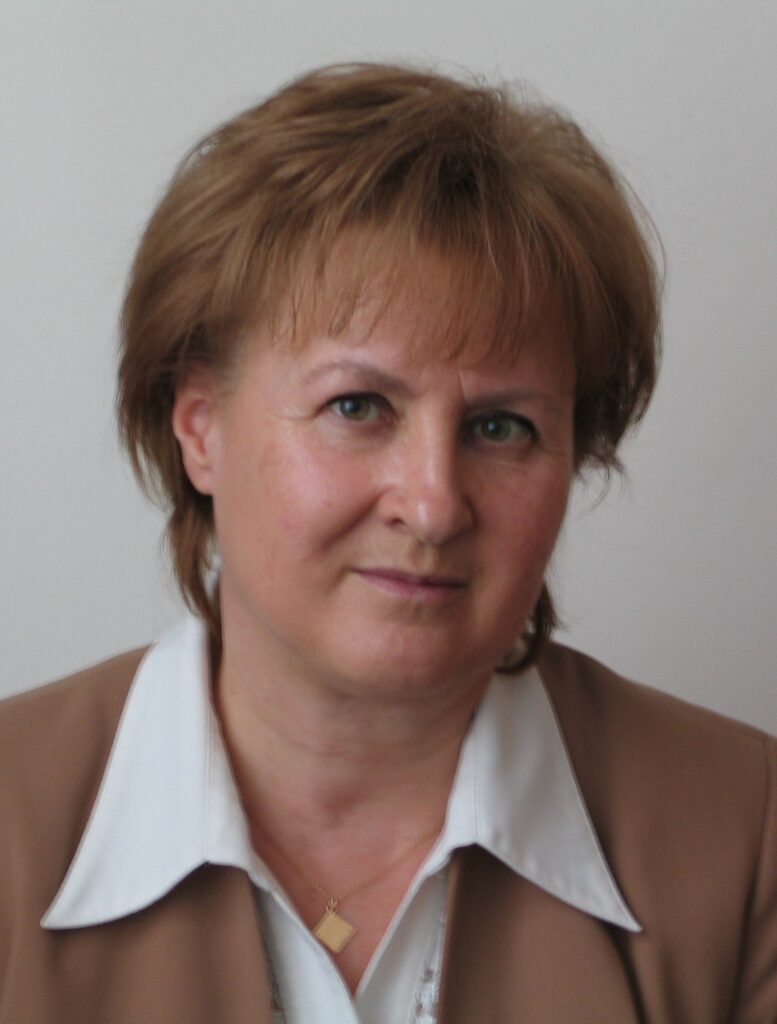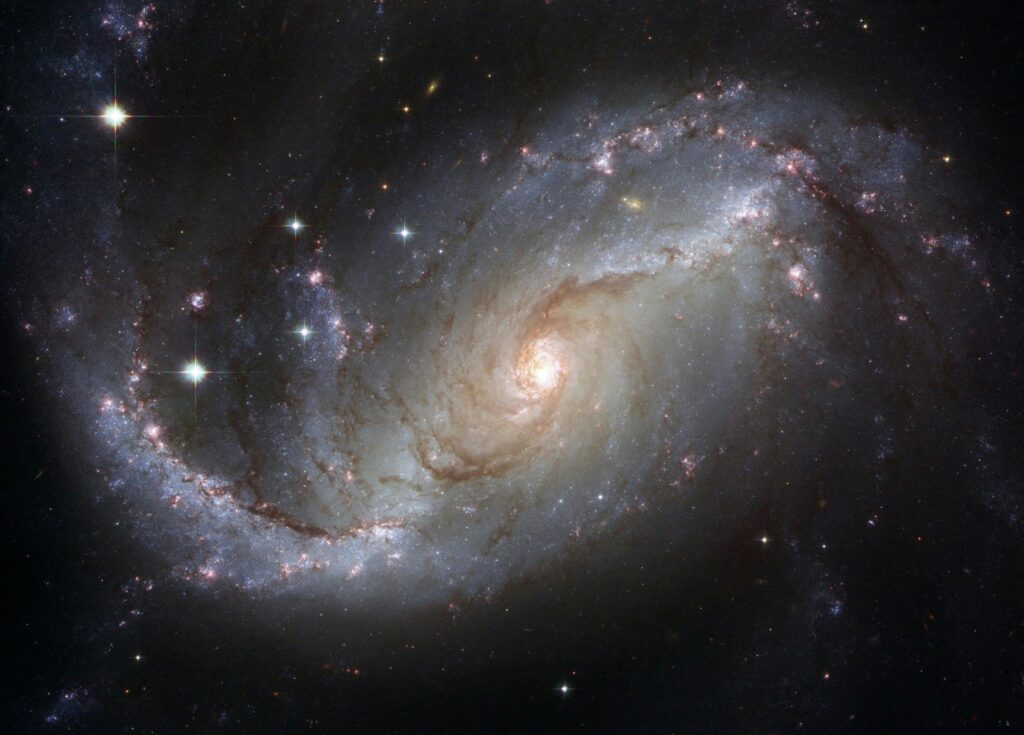Researcher's name
Dr. Judit Hohmann
University professor, corresponding member of the Hungarian Academy of Sciences

Amount of support
23 579 112 Ft
Brief description of the research
Natural compounds and their structural analogs play an important role in the development of new drugs. Their contribution to pharmacotherapy is significant both in the past and today. Bioactive natural products have not only provided new drugs for the therapy, but in many cases, their representatives contribute to the development of drug families, the recognition of new drug targets, and providing new prototypes. Natural compounds have special structural characteristics that are beneficial in drug research aimed at protein-protein interactions and receptor bindings
Downloads
The research aims to search for bioactive compounds in higher plants and fungi, to identify their structure, and to investigate their pharmacological effects. The research work integrates the latest international practices and the long-time experience of the research group, focusing especially on plants that can provide promising active ingredients for tumor therapy. Primarily taxa that accumulate terpenoids, phenolic substances, and alkaloids, which have not been or have not been exhaustively studied before, are analyzed, including Asteraceae, Euphorbiaceae, Lamiaceae, Cyperaceae, Juncaceae, and Strophariaceae species, that are taxa highlighted as ’hot topics’.
Methodology
A complex strategy of classic extraction, separation methods, bioactivity-guided isolation, and modern NMR-based biochemometry is used to identify the active ingredients of plants and fungi. Those species are selected for phytochemical analysis that are effective in the preliminary pharmacological screenings. To isolate the components of the plant extracts in pure form, a multi-step chromatographic separation is performed. Since plant extracts are extremely complex biological matrices, the extraction of individual compounds requires the combined use of various chromatographic techniques and various stationary and mobile phases. In the first steps of isolation, rough separations take place, e.g. column chromatography, vacuum liquid chromatography, medium pressure liquid chromatography, and in the following steps increasingly selective methods are used (flash chromatography, rotational planar chromatography, gel filtration, HPLC). The active substance isolations are complemented by dereplication experiments. The structure determination is performed using advanced NMR and MS techniques. The pharmacological evaluation of the isolated compounds is performed on human tumor cell models for the antiproliferative effect, multidrug resistance reversing activity, synergism with chemotherapeutics, and inhibition of metastasis formation.
Results
Applying the complex research strategy, it is expected to discover new biologically active molecules, new chemical structures, and compounds with new mechanisms of action. The research group dealing with the search for new bioactive natural compounds is unique in Hungary. The results are disseminated in the form of publications and conference presentations, and patents, thereby contributing to innovative developments.



